Mahindra KUV100 review, road test
Less than a year after the launch of its TUV300, Mahindra has launched another sub-four-metre SUV. We find out what’s different.
Published on Mar 09, 2016 02:06:00 PM
53,472 Views
Follow us on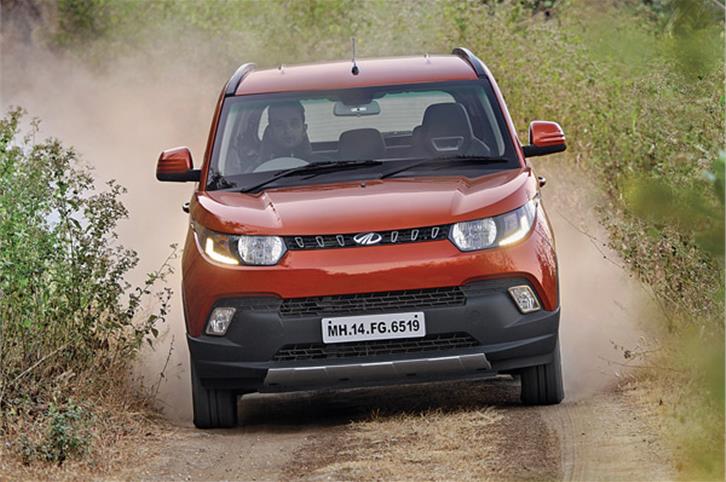

Overdone styling with excess of creases reflects lack of design maturity.
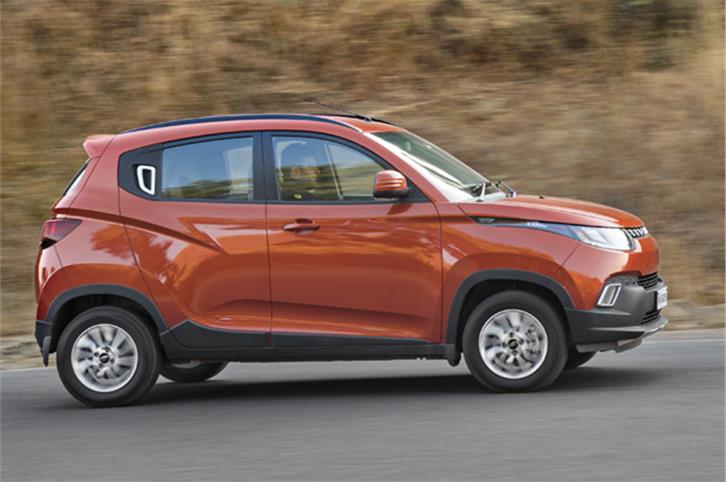

Headlamps with stretched plastic extensions inspired by sunglasses.
It was no secret that Mahindra had been developing a new family of small-capacity petrol and diesel engines, and the KUV100 is the first recipient of the new mFalcon range. The petrol engine, called mFalcon G80, is an all-aluminium, 1.2-litre three-cylinder unit, which uses a four-valve head and variable valve timing on both intake and exhaust. Pumping out 81.8bhp at 5,500rpm and 11.7kgm from 3,500-3,600rpm, the petrol KUV doesn’t stand out amidst peers for max power or torque.
However, performance is more than acceptable. Sure, the KUV’s 15.13 second 0-100kph time does put it behind rivals, but if you look at in-gear times, it’s actually quicker than the Swift and Grand i10. The KUV’s relatively shorter gearing undoubtedly helps here.
What also works in the KUV’s favour is that part-throttle response is pretty good, which makes ambling around town quite relaxed. However, it’s when you floor the throttle or want to execute a sudden overtaking move that this engine falls flat, quite literally. Power delivery is flat and lacks any sense of urgency and it’s only when you are in the 4,500-6,000rpm range that you get a second wind or surge. But it’s a bit pointless as average users will rarely ever push the KUV so far into the rev band. Just as well, because the engine gets thrummy and loud at high revs. Engine refinement is a bit disappointing especially the petrol engine which vibrates quite a bit at idle and rocks on its mounts. Clutch engagement could be smoother too, though the five-speed gearbox won us over for its slick and accurate action.
The diesel KUV uses a 1.2-litre three-cylinder turbocharged diesel engine that Mahindra has labelled ‘mFalcon D75’. A cast iron block and aluminium head make up this engine, while diesel is fed via a common-rail system at a pressure of 1,600bar. The engine makes a respectable 77bhp at 3,750rpm, while its 19.37kgm max torque figure is on par with the larger-hearted four-cylinder Swift diesel’s output. That said, in outright acceleration contests, the KUV won’t keep up with the Swift. The KUV will hit the ton from a standstill in 14.85 seconds, while the Swift will do the same in 1.2 seconds less. But compare the KUV diesel’s performance to the three-cylinder Grand i10 diesel’s, and you’ll find the Mahindra to be significantly quicker.
In everyday conditions, the KUV diesel is actually quite nice to drive. There’s minimal turbo lag and the diesel motor feels quite responsive as the turbo kicks in from about 1,500rpm. There’s a gentle surge that comes in at 1,800rpm and it stays put until 3,500rpm after which, the engine takes its own sweet time to rev harder. If you are patient enough, you can have the engine rev to 4,800rpm, but doing so only increases the noise level without any real rewards in performance. As you would have gathered, this is not an exciting or punchy engine, but one that feels well in tune with the rigours of urban driving. Taking it easy is the best approach here, and one that also keeps the engine noise levels to a minimum.
Interestingly, it’s the KUV diesel and not the petrol that comes with two drive modes. Power is the default mode, while Eco (that can be activated via a button near the steering) switches to a more conservative fuel consumption mode in the interest of optimising fuel economy. Switching from Power to Eco, you can immediately feel throttle responses get duller. In Eco, the engine also revs to just 3,500rpm. Expectantly, performance takes a big hit in this mode. How big? Well, the KUV, in Eco, posted a 28.88 second 0-100kph time, which is nearly twice as long in Power! But to say that the Eco is unusable would be an overstatement. True, it can be frustrating to use in fast-moving traffic or on the highway, but it is acceptable in the rush hour crawl and is a clever way to save fuel. Speaking of which, the petrol too would benefit from an Eco mode, as the efficiency is quite poor, especially with the AC on. The large compressor puts a disproportionate amount of load on the engine. A city figure of 11kpl and a highway of just 13 kpl are well below cars in its segment.
On both motors, the star of its drivetrain package is the slick-shifting five-speed gearbox; the shift action has a short throw and is remarkably crisp. Just wish the clutch was a bit more progressive. Neither of the KUVs comes with an automatic or AMT gearbox, but you can be sure Mahindra is looking in this direction.
Copyright (c) Autocar India. All rights reserved.


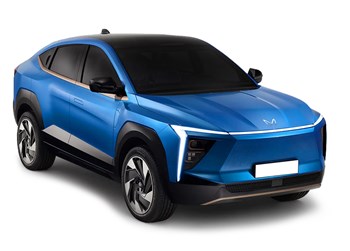
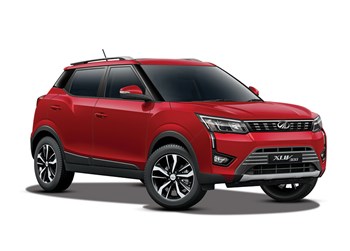


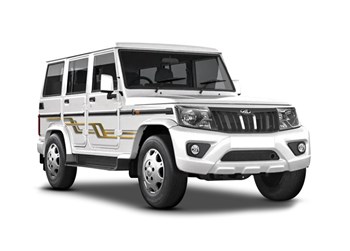
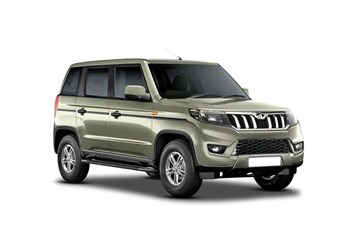
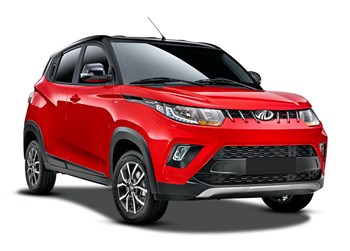

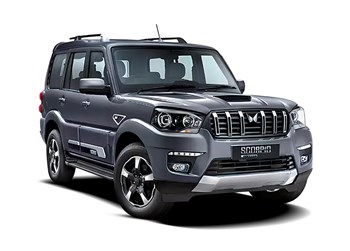
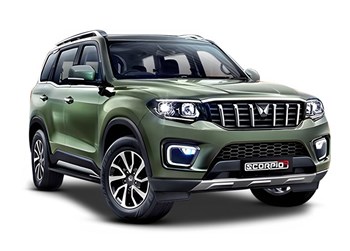


Comments
Member Login
Personal Details
No comments yet. Be the first to comment.